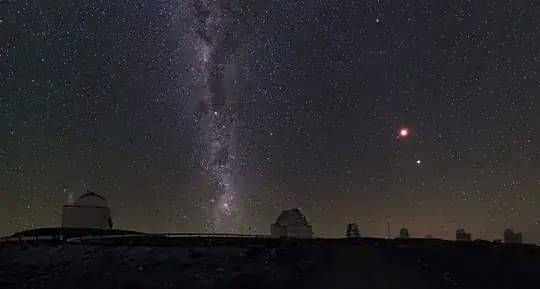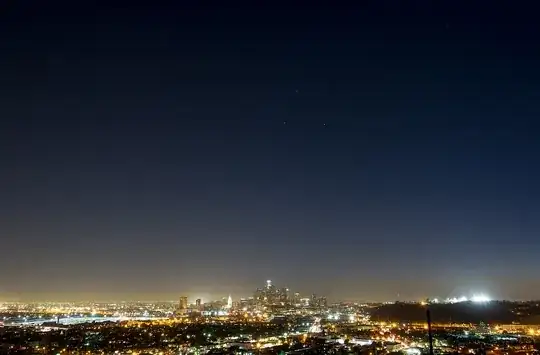You know.. at some places of Earth, the night sky looks like this: (right?)
However, you might definitely know that, at some other places, the night sky looks like this:
(source: themarkeworld.com)
Have you seen any stars from the last one? So, I was wondering, what are exactly the right conditions, such that the night sky will be like in the first image? To be able to see plenty of stars? Evidently needs to have no clouds. But, what else?
It needs thin atmosphere? No city lights? No suspended pollutants? Needs that certain molecules are not there? No light scattering? No light pollution? So, what are the some of the important conditions that has to happen? And why?
Some remarks:
Now, this answer blames on light pollution from cities. However, during a general blackout some time ago, which sizable areas had no light (over 700Km radius), sure, I could see more stars than before, but never such a great sky. So, maybe light pollution has its contribution, but it is the only factor? Besides, this answer itself acknowledges in the end, that this depends on several factors. And so, I guess I wish a more complete answer.